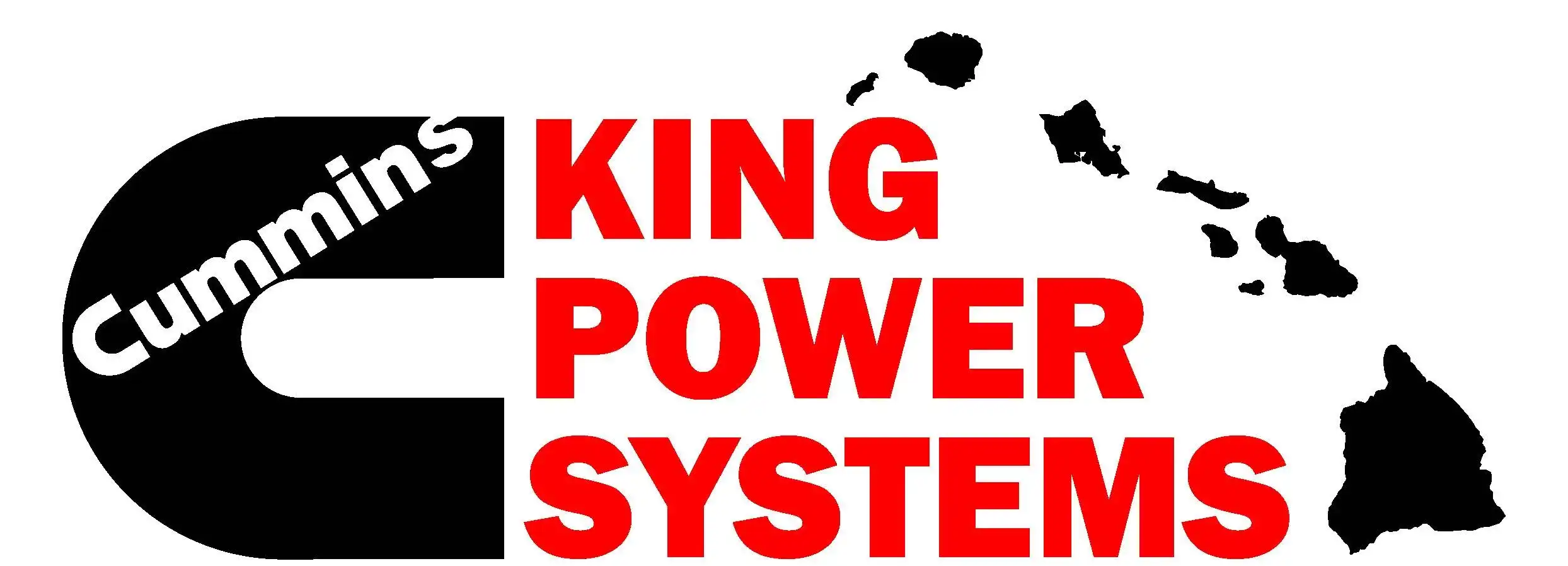Two More Rat Lungworm Cases Confirmed in Hawai‘i
The Hawai‘i Department of Health has confirmed two cases of rat lungworm disease in individuals from Hawai‘i Island. These are the fourth and fifth individuals from Hawai‘i Island sickened with angiostrongyliasis in 2018, bringing the statewide total to seven cases confirmed this year.
The most recent case is a resident toddler from East Hawai‘i. The child became ill in October and was hospitalized. The first round of laboratory testing was negative for rat lungworm disease. A second round of tests confirmed the toddler’s illness. Since then, the toddler has been transferred to O‘ahu for further case management. DOH disease investigators are conducting a detailed investigation to learn more about the patient and possible sources of infection.
Disease investigators also closed another Hawai‘i Island case. In August, an adult resident from West Hawai‘i became ill and was confirmed with a mild case of rat lungworm disease and has since recovered from the illness. After conducting a thorough investigation, the department was unable to identify a definitive source of infection.
“With the rainy season in full swing, we may expect to see more slugs and snails around our homes and gardens,” said Health Director Dr. Bruce Anderson. “We can reduce the risk of rat lungworm disease by taking precautions to safely eliminate rats, slugs and snails in our communities. Keeping our young children away from these harmful vectors as well as thoroughly washing all produce before consuming it is crucial.”
DOH provides the following recommendations to prevent rat lungworm disease:
Control snail, slug, and rat populations around homes, gardens and farms. Get rid of these vectors safely by clearing debris where they might live, and also using traps and baits. Always wear gloves for safety when working outdoors.
Inspect, wash and store produce in sealed containers, regardless of whether it came from a local retailer, farmer’s market, or backyard garden.
Wash all fruits and vegetables under clean, running water to remove any tiny slugs or snails. Pay close attention to leafy greens.
For more information about rat lungworm disease and how to prevent its spread, visit:
DOH website: http://health.hawaii.gov/docd/disease_listing/rat-lungworm-angiostrongyliasis/
HDOA website: http://hdoa.hawaii.gov/blog/main/rat-lungworm-information/
CTAHR website: http://manoa.hawaii.edu/ctahr/farmfoodsafety/rat-lungworm/
CDC website: https://www.cdc.gov/parasites/angiostrongylus/index.html
Angiostrongyliasis, commonly known as rat lungworm disease, is caused by a parasitic roundworm and can have debilitating effects on an infected person’s brain and spinal cord. In Hawaiʻi, most people become ill by accidentally ingesting a snail or slug infected with the parasite Angiostrongylus cantonensis (A. cantonensis). Symptoms vary widely between cases, and the most common ones include severe headaches and neck stiffness. The most serious cases experience neurological problems, severe pain, and long-term disability.








